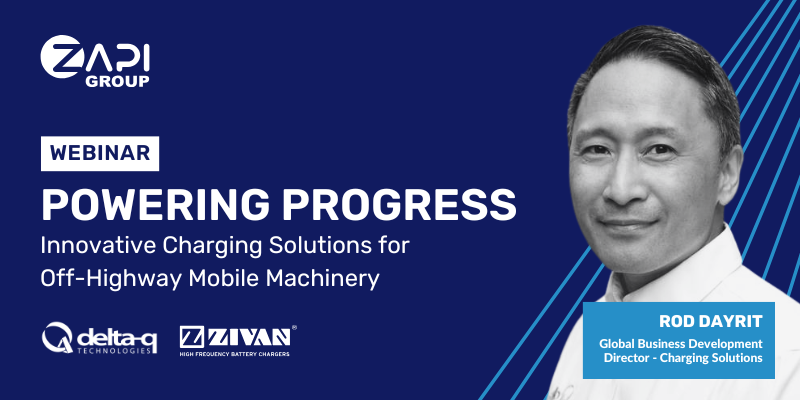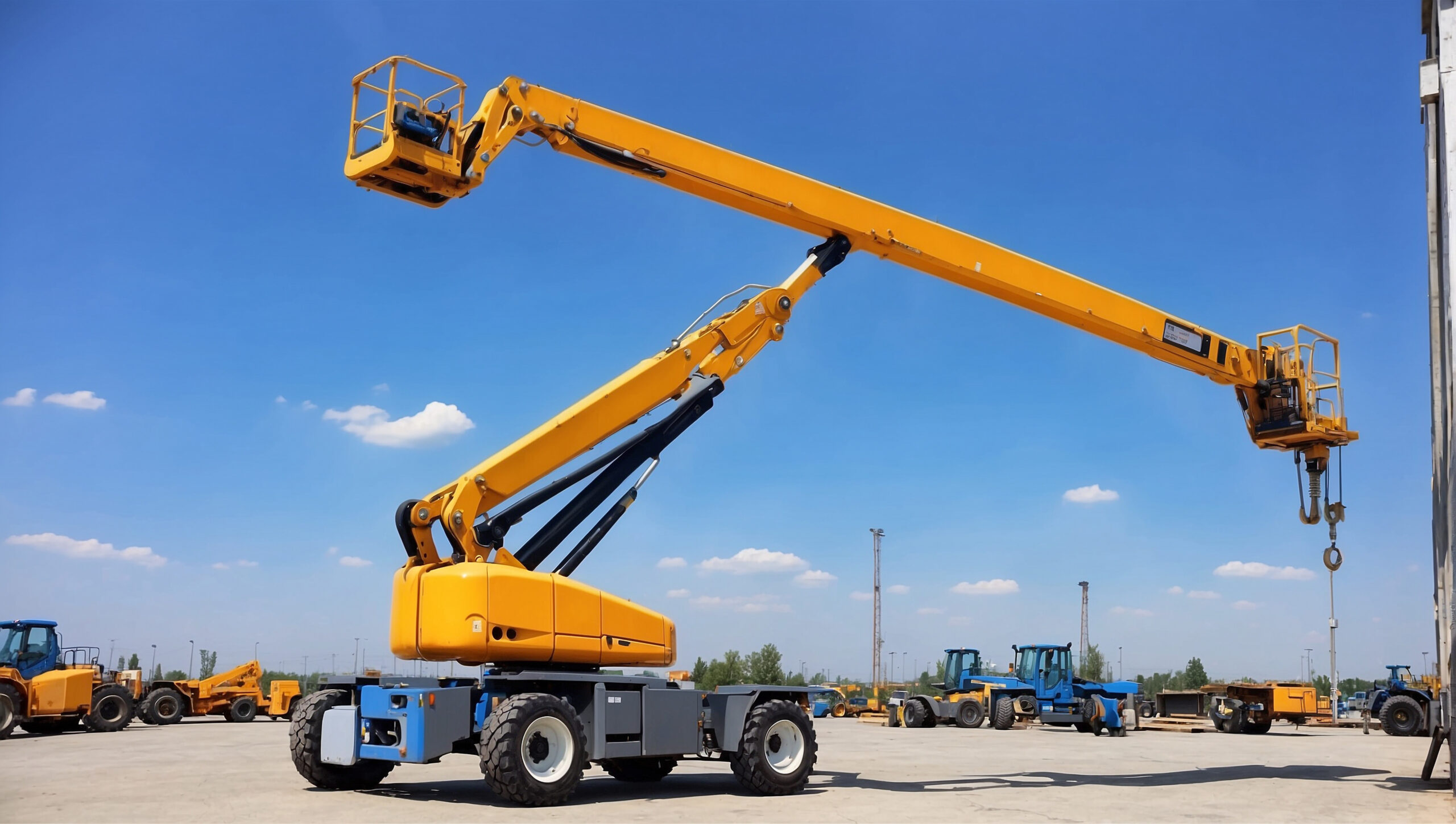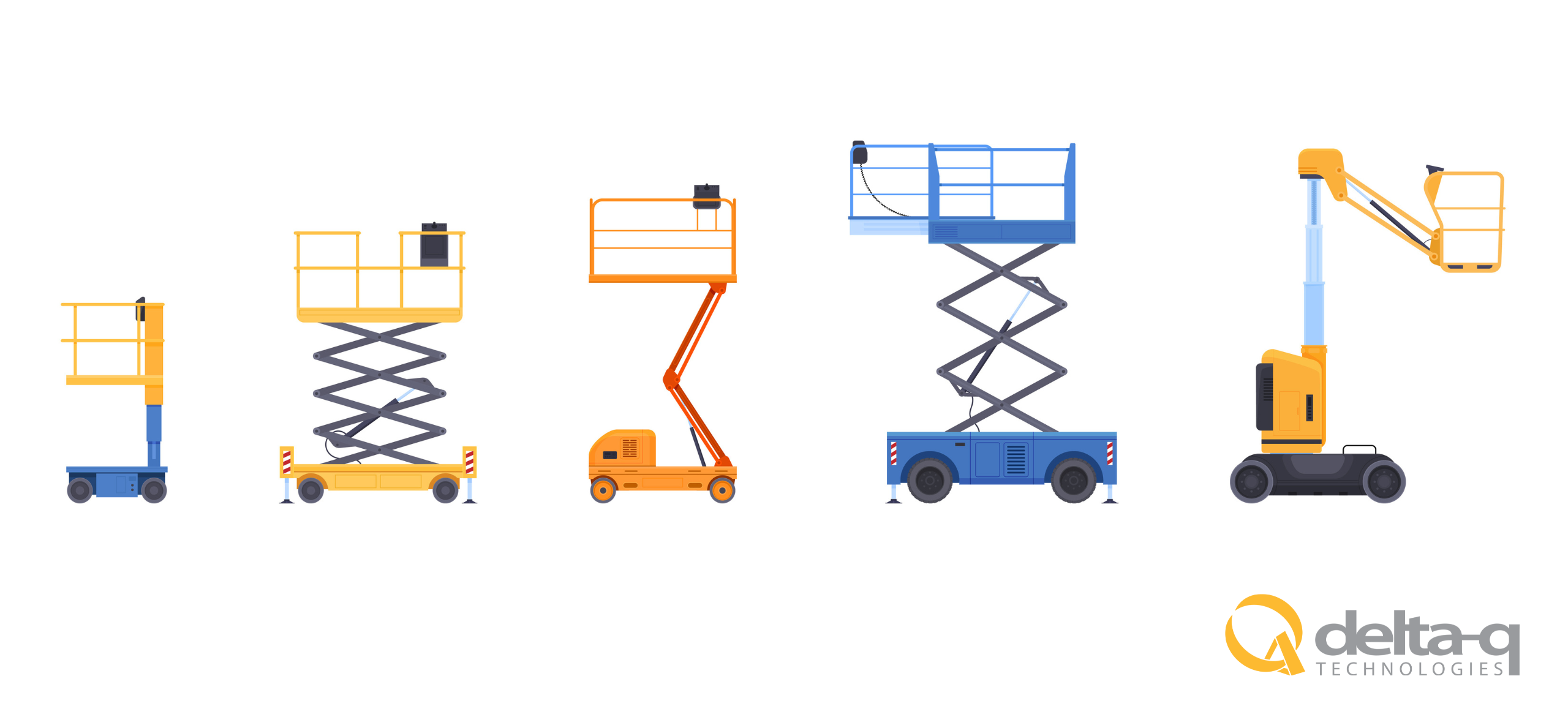A charge algorithm (or charge profile) contains all the logic used to accurately and safely recharge a battery. It should be determined based on the specific machine applications and battery original equipment manufacturers (OEMs) use in their products.
Every application—even those using the same battery for different machines—should have a dedicated charge algorithm.
Delta-Q develops algorithms by working closely with battery manufacturers to meet their charging recommendations for each battery model. Our battery testing lab includes more than 20 test channels and a temperature chamber to simulate charging in different ambient environments. These rigorous assessments help ensure optimal charging performance.
Why are Charge Algorithms Important?
Different battery types, batteries from other manufacturers, and even different-capacity batteries from the same manufacturer require specific algorithms to maximize run-time and battery lifetime. For example, charging with too high of a current or too long without an automatic shutoff will deteriorate battery health and risk overheating.
Moreover, different battery chemistries provide varying levels of efficiency, which affect charging and discharging rates in addition to available power capacity:
- Flooded lead-acid batteries are typically 80% efficient
- Sealed lead-acid batteries (gel and AGM) are 85% efficient
- Lithium batteries are 95% efficient.
Achieving fast, efficient and safe charging for these battery choices requires a deep understanding of the specific chemistries and manufacturer’s ideal performance.
Flooded Lead-Acid Battery Algorithms
Flooded lead-acid (FLA) batteries have a liquid electrolyte between the positive and negative plates, resulting in specific considerations. An FLA charge algorithm is responsible for the precise execution of three distinct charging phases:
- Bulk – Most of the FLA’s energy is returned during this stage, with the algorithm typically configured to maximize the charger’s output. However, lead-acid batteries should be charged at approximately 10% (never exceeding 13%) of the C/20 capacity (i.e., a 200 Amp-hour battery should not be charged at more than 26 Amps). This is because returning too much energy too quickly risks overheating. The bulk phase transitions to absorption at a specified (usually conservative) voltage.
- Absorption – The FLA’s voltage is maintained at a constant state during this stage, allowing the battery to gradually taper down, or “absorb,” the current. As the battery approaches a return to 100% state of charge (SOC), energy is returned at increasingly slower rates. Once 100% is (nearly) reached, the charging algorithm transitions to the finish stage.
- Finish – To maintain optimal battery health, extend life span, and achieve a full charge, FLAs must be overcharged to stir their liquid electrolyte and balance the individual cells in the battery pack. This may require a 20% overcharge for some batteries and should be tailored to the specific battery pack’s capacity (ranging from 1% to 3% of the C/20 capacity).
There are many different methods to determine the finish phase’s over-charge, and like all other charger considerations, the algorithm should be specific to the given battery and machine.
Delta-Q uses two main methods to determine the finish phase:
- Amp-hour Counting – Amp-hour counting algorithms are more precise and, therefore, have less of an effect on the FLA’s water levels. They require a sensor to adjust target voltages based on ambient temperature to be effective. These algorithms are generally more specific to the battery they are designed for and are ideal for applications such as:
- Long life requirements
- Occasional, shallow discharges
- Regular, daily charging.
- dV/dt – Configuring a dV/dt finish criteria results in voltage changes over time to terminate the finish phase. These algorithms will continue to apply current until the batteries no longer accept the charge, providing greater flexibility across different batteries and machines. However, because the charger will continue for a set amount of time, they prevent precise water level control.
- Deep discharges
- Frequent use
- Less regimented charging
Sealed Lead-Acid Battery Algorithms
Two types of sealed lead-acid (SLA) batteries are widely used in floor care: gel and absorbed glass mat (AGM). Because of SLA batteries’ electrolyte capture method, these chemistries require less stirring (and less overcharge) than FLAs. This helps them deliver greater efficiency than traditional lead-acid batteries.
Still, SLA charge profiles are generally similar to FLA algorithms. The primary differences are:
- Sealed lead-acid batteries can accept a higher charge current during the bulk phase—even 30% of the C/20 rate is safe.
- SLA algorithms often use gentler finish currents or other unique approaches to prevent overheating or excessive venting. However, these methods can lead to slightly longer overall charge times.
Most gel and AGM battery manufacturers request that their charge algorithms include temperature compensation to prevent significant under- or over-charging.
Lithium Algorithms
Lithium batteries are the most efficient power source and can be discharged and charged at substantially higher rates, with minimal loss of capacity when discharged quickly. However, lithium batteries cannot be overcharged in the same way as FLA or SLA batteries, or they risk overheating and reduced life span. The specific machines, applications, and battery chemistry will ultimately determine an efficient and safe algorithm.
Lithium battery packs need to be controlled by a Battery Management System (BMS) that monitors voltages and temperatures—and distributes energy among the cells. Lithium algorithms are significantly simpler than lead-acid algorithms. Due to the efficiency and the lack of an electrolyte to be stirred, they are generally charged at a constant current until a target voltage is reached. This charge rate must equal (or be only slightly higher than) 100% of the capacity.
To ensure battery health and safe charging, Delta-Q Technologies’ lithium chargers rely on three different control methods:
- The “algorithm only” method — Used where the battery management system (BMS) and the battery charger do not communicate. The charger follows a predetermined charge algorithm as specified by the lithium battery or BMS manufacturer to return energy until reaching the target voltage. Although the BMS doesn’t inform the charger throughout the process, it may close or open a contact to signal the charger to enable or disable charging. This method relies on the charger to control the output to maximize safety.
- The “remote-control” method – Requires CAN bus communication between the BMS and charger. With this method, the battery charger depends on the decisions made by the BMS throughout the charging process and can be commanded to deliver maximum voltage and current.
- The “mixed control” method — Offers the benefits of remote control but governs charging according to tighter safety restrictions configured in the algorithm. This method helps prevent hazards should the BMS fail or face similar issues.
Future Proofing Your Floor Care Machine
Delta-Q has recently upgraded the software in its chargers to support easier transitions between lead-acid and lithium charge algorithms. This new functionality will help floor care OEMs ensure that they can continue manufacturing their machines while taking advantage of the substantial performance improvements of lithium batteries.
Many floor care OEMs now offer lithium battery options on their machines, but this transition would require some manufacturing modifications or inventorying challenges without the new functionality. Previously, OEMs would have to order unique part numbers for their chargers to delineate lead-acid or advanced lithium charging.
Now, a single CAN bus-enabled charger can be configured to charge lead-acid or advanced lithium batteries. If customers wish to change their battery chemistry in the field, they simply need to send a CAN command to the charger to toggle between the two operating modes at any time. Extending product lifecycles and simplifying charger operation are just two of the benefits CAN bus offers—alongside telematics data that achieves substantial efficiency, predictive maintenance, and resource allocation benefits.
To learn more about trends in floor care and Delta-Q’s charging solutions for floor care machines, visit delta-q.com today.





